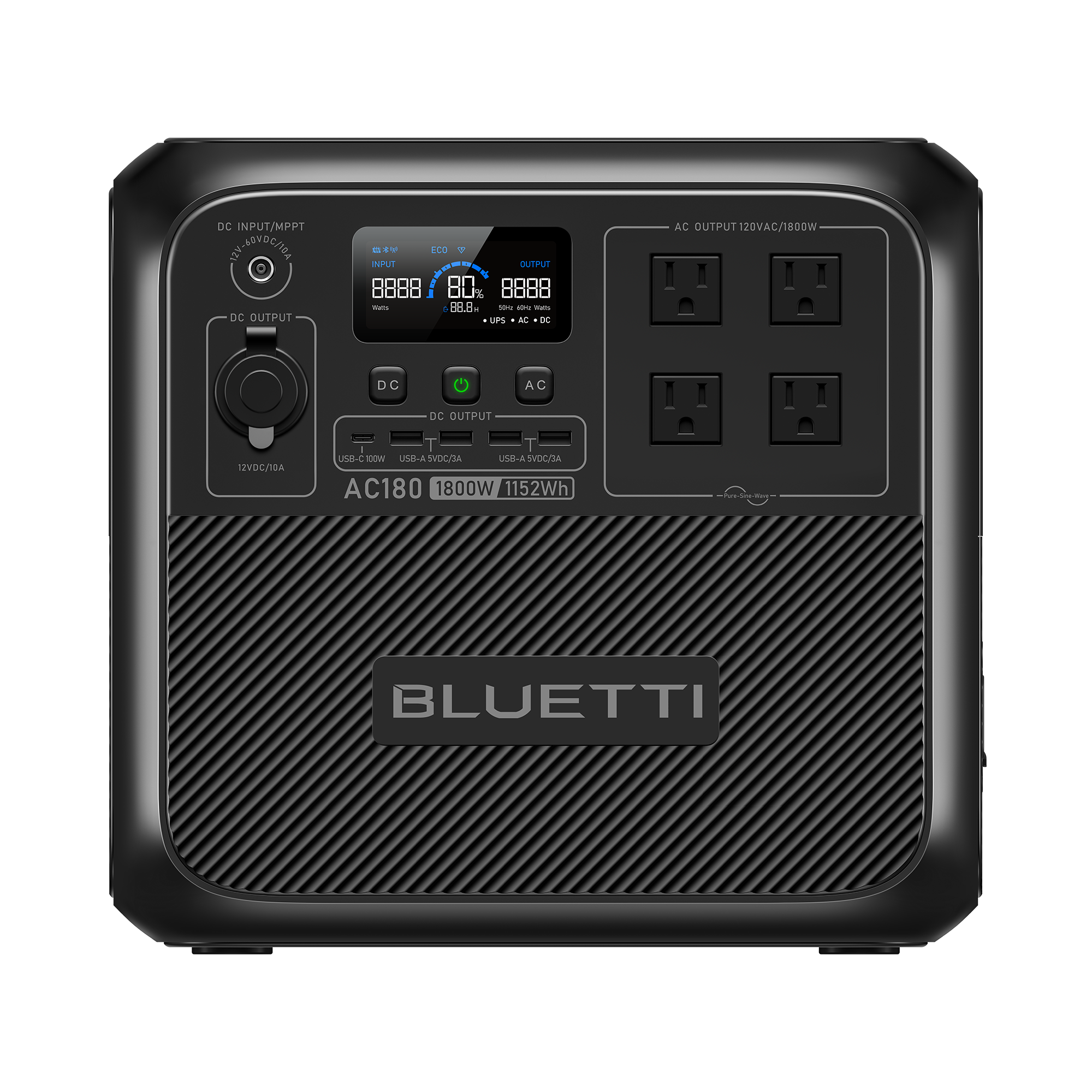bsangs
E35-3 - New Jersey
Our electrical needs shouldn't be extensive when living on the hook, or mooring ball. No air conditioning, and the on-board heater is engine powered. We have two lead acid 12v batteries, 55amp alternator, two 100-watt solar panels, and the main power draws will be the 12v fridge, some 12v fans, the water pump and electric head. Our 13-day trip on the Long Island Sound in August will have us bouncing between mooring balls, anchorages and docks with power. Didn't want to resort to a portable gas-powered generator for the days/nights without AC power, so am taking a look at this:

 www.bluettipower.com
www.bluettipower.com
It'll mainly be used for making coffee; watching a couple hours of TV (maybe); using non-12v fans, charging phones, tablets, lights, our Torqeedo battery; and might be needed if the admiral wants to blow dry her hair. Should be easy enough to recharge during the dock days, and also comes with 200w solar panels to recharge in the wild. Anyone have experience with this, or something similar, on a boat?

BLUETTI AC180 Solar Portable Power Station | 1,800W 1,152Wh
Stay powered up wherever you go with BLUETTI AC180 Portable Power Station. With 1152Wh capacity perfect for camping, outdoors, and emergencies.
 www.bluettipower.com
www.bluettipower.com
It'll mainly be used for making coffee; watching a couple hours of TV (maybe); using non-12v fans, charging phones, tablets, lights, our Torqeedo battery; and might be needed if the admiral wants to blow dry her hair. Should be easy enough to recharge during the dock days, and also comes with 200w solar panels to recharge in the wild. Anyone have experience with this, or something similar, on a boat?
